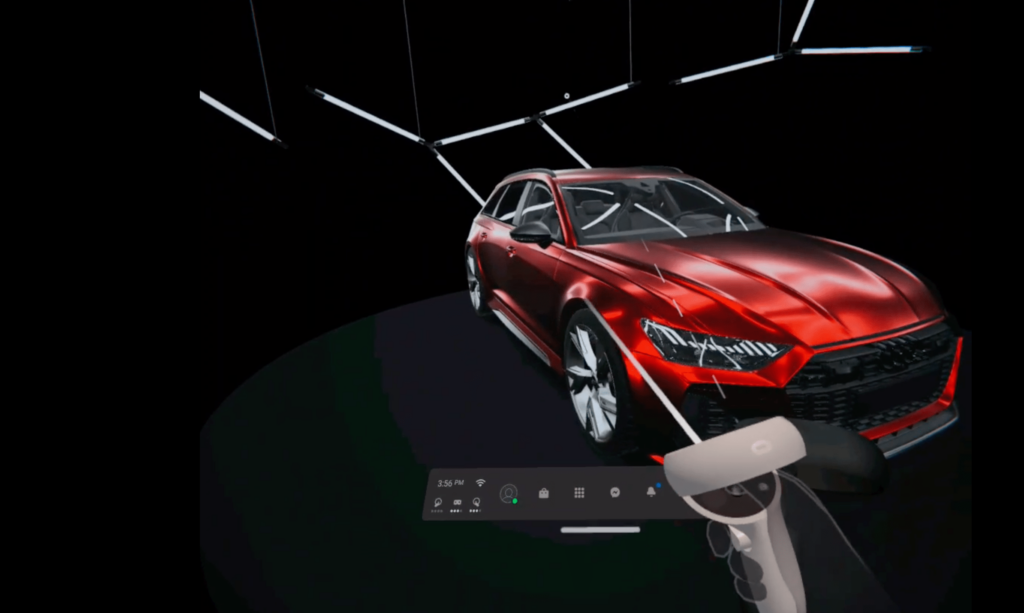XR Streaming Now Available for Oculus Quest 2
Software Development Kit “Hololight Stream” enables real-time streaming of most complex VR applications to Oculus Quest 2 devices. Via cloud or on-premises.

Hololight, a company specialized in immersive technologies, brings its XR streaming technology Hololight Stream to Oculus Quest 2. The software development kit enables the streaming of entire augmented and virtual reality (XR) applications in real-time to mobile XR devices. Hololight Stream addresses one of the major issues of standalone VR technology: limited computing power. By outsourcing the rendering process to an on-premises server or the cloud, 3D content that is only suited for high-performance processing can now be visualized on Oculus Quest 2. The streaming solution supports large data assets like graphics-intensive 3D objects, 3D CAD models, BIM, and Point Cloud.
“The success of Oculus Quest 2 shows how compelling VR can be when it is wireless and easy to use. It is time to unleash the full potential of VR, break the performance barriers of mobile devices, and bring VR content in unprecedented detail and complexity to Oculus Quest 2. Hololight Stream XR Streaming is just the technology to do that,” said Alexander Werlberger, CTO and Co-Founder of Hololight.
Hololight Stream Brings Oculus Quest 2 Applications to the Next Level
Hololight Stream can be integrated into any XR app developed with Unity in form of a simple plugin. This, for example, enables a virtual reality app to be executed on a remote computer such as a local server or the cloud. A corresponding client application runs on Oculus Quest 2 and receives the image stream. The connection between the client application and the server application enables real-time streaming of VR content, allowing better graphics, a significantly more intricate logic, and higher complexity.
The efficiency of streaming AR/VR/MR applications, in addition to handling arbitrarily large amounts of data, is due in part to the maximum simplification of handling many different end devices. Hololight Stream is compatible with the MRTK toolkit, connecting augmented and virtual reality by facilitating a cross-platform approach. New apps can be developed simpler without restrictions of individual end devices by just building a single server application. Hololight Stream streaming technology currently supports HoloLens 2 AR glasses, Android smartphones and tablets as well as the Oculus Quest 2 VR headset.
The Beta version of Hololight Stream for Oculus Quest 2 is available now on GitHub. Developers can register for a free, supported trial on Hololight’s special web page: https://hololight.com/products/hololight-stream-software-development-kit/get-hololight-stream-trial/
